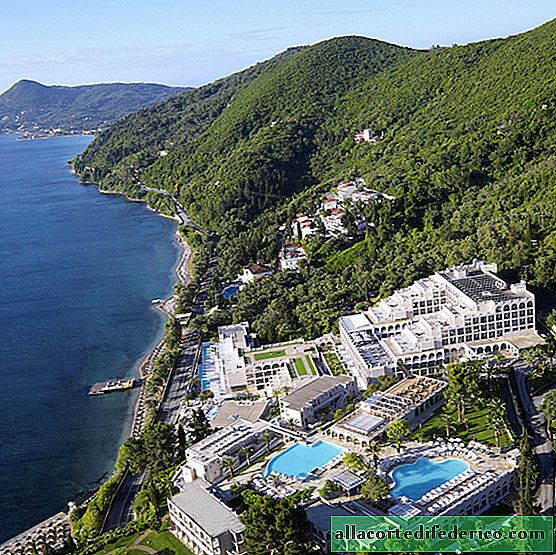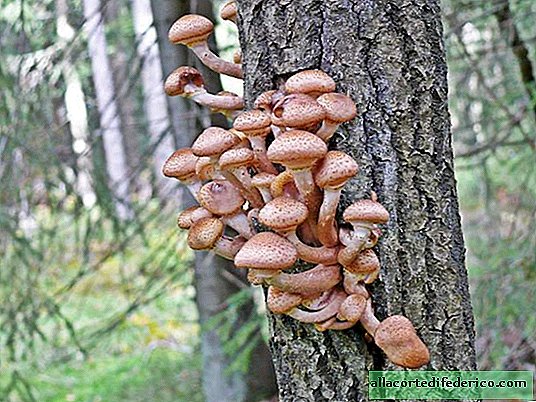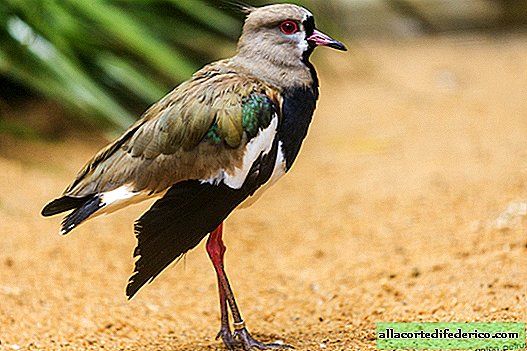Travel along the east coast of Taimyr to Pronchishcheva Bay
Despite the apparent desertness and openness, life boils at every step in the Taimyr tundra. Those days while the ship was being repaired were used by us in full. Almost from dusk until dawn, our group disappeared into the tundra, looking for new characters among the many hills and swamps for photography. This was facilitated by clear, warm weather and an infinitely long polar day.

Partridge grouse on the hill of swelling watching the surroundings. Whether any predator sneaks through their souls. At the same time, they do not consider a person as such.

Vast areas of the surrounding tundra were covered with swelling hillocks, according to the scientific theory - with hydrolaccolites. Their Yakuts are called "Bulgunnyakhs", the Eskimos - "Pingo". Hydrolaccoliths in the tundra are formed in winter by water that has fallen "trapped", compressed between two strong layers - permafrost and the active layer freezing from the surface. Ice occupies a larger volume than water that does not have time to freeze, which does not compress under pressure and seeks a way out. When she has nowhere to go, she rushes up, "swelling" the surface. Hydrolaccoliths can reach significant sizes up to 70 meters in height and 200 meters in diameter. Over time, they collapse. The time of their existence - from several years to tens and even hundreds of years. Together with the soil, such bumps can be squeezed onto the surface of the bones and tusks of mammoths and woolly rhinos. It is possible that the appearance of such hillocks in the tundra was one of the reasons for the legend that the mammoths were offended by people and went to live underground ... Or maybe they are there, like huge moles digging holes?

A small eight-wheeled cross-country vehicle from a geological base made it possible to examine the tundra at a considerable distance.

An attempt to shoot the tundra with a quadrocopter.

The plains of the tundra are very boggy. A chain of Byrranga mountains is already visible on the horizon.

Patterns of the Taimyr tundra.

Thickets of cotton grass on wetlands of the tundra. In fine weather, everything around is warm and fluffy ...

Numerous broods of the tundra partridge, which have already risen on the wing, live among the hillocks of swelling. Their characteristic rolling screams far betray the presence.

They are not at all afraid of a person, allowing the photographer to walk with them.


In general, these hillocks are a real kingdom of birds, which among the surrounding plains find refuge in some closed landscape. Long-tailed skuas nest right on the tops of the Bulgunnyakhs.

During this period, they feed already matured chicks.

The chick of a skuas raised on the wing.

There is something magical in the whistles of the toles in the cottony silence of the plains.

A grown polar owl chick is already flying, but is still reluctant to do so. But he willingly poses, moving from hummock to hummock.

When a person approaches, he spreads his wings, fluffs his feathers, puffs huge bright yellow eyes, clicks his beak loudly to seem as big and scary as possible.



Parents of a chick keep nearby. Their white color far gives out a bird. In the surveyed expanse of the open tundra, one can simultaneously see several polar owls at once. This year, apparently, the peak number of lemmings is the main food item for these birds.


















